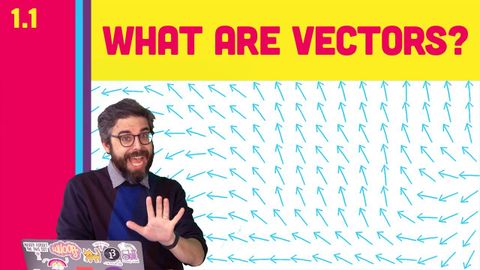
Subtitles & vocabulary
1.1 What is a Vector? - The Nature of Code
00
林宜悉 posted on 2020/03/27Save
Video vocabulary
specific
US /spɪˈsɪfɪk/
・
UK /spəˈsɪfɪk/
- Adjective
- Precise; particular; just about that thing
- Concerning one particular thing or kind of thing
A2
More term
US /tɚm/
・
UK /tɜ:m/
- Noun (Countable/Uncountable)
- Conditions applying to an agreement, contract
- Length of time something is expected to happen
- Transitive Verb
- To call; give a name to
A1TOEIC
More concept
US /ˈkɑnˌsɛpt/
・
UK /'kɒnsept/
- Noun (Countable/Uncountable)
- Abstract idea of something or how it works
- A plan or intention; a conception.
A2TOEIC
More Use Energy
Unlock All Vocabulary
Unlock pronunciation, explanations, and filters
